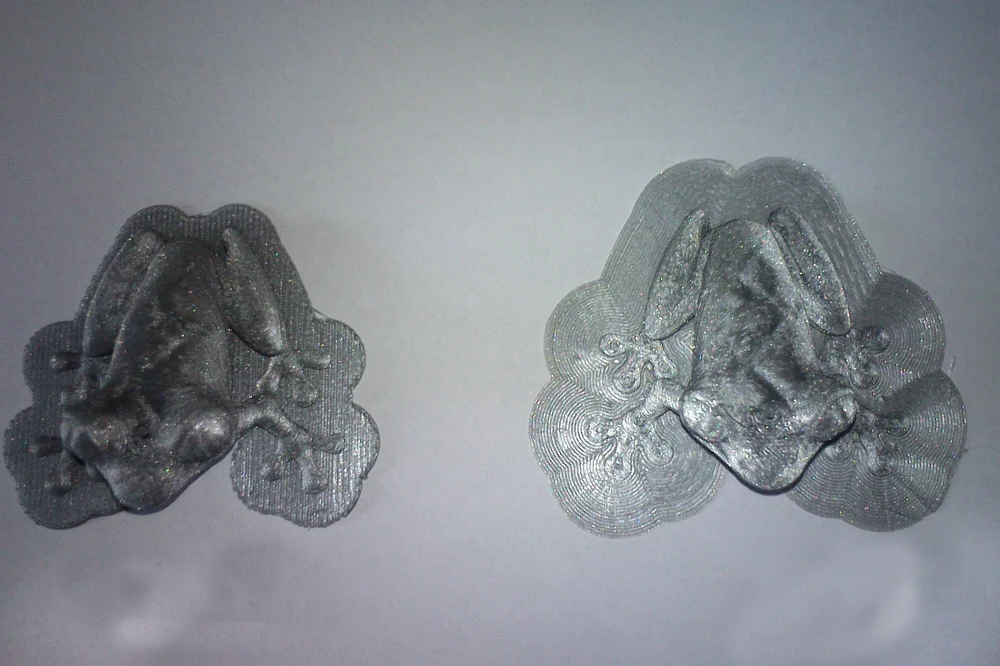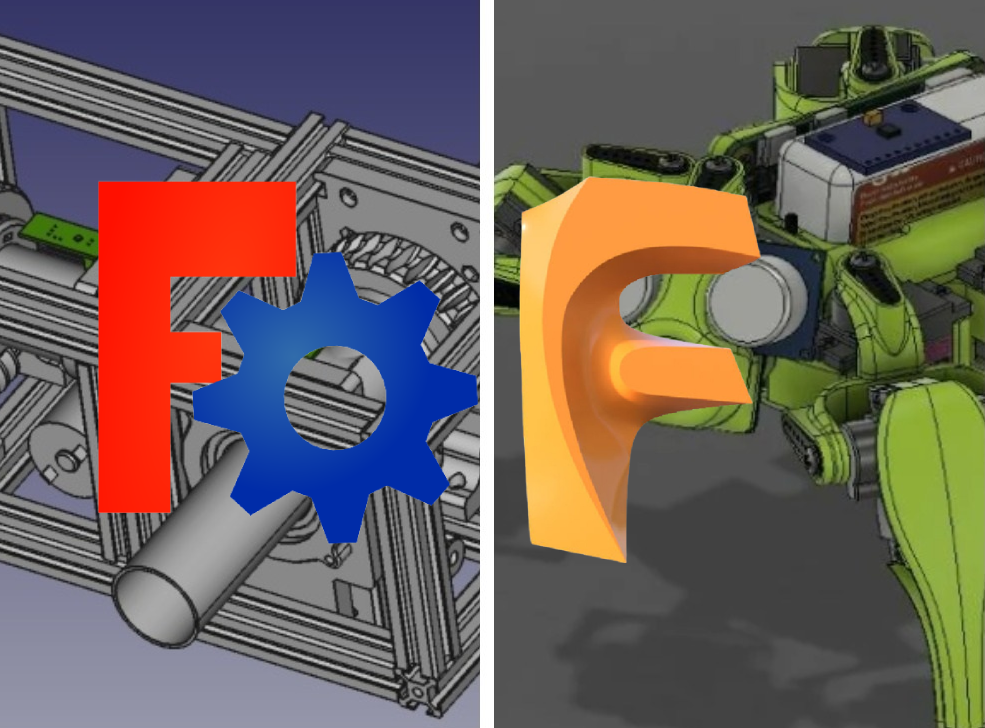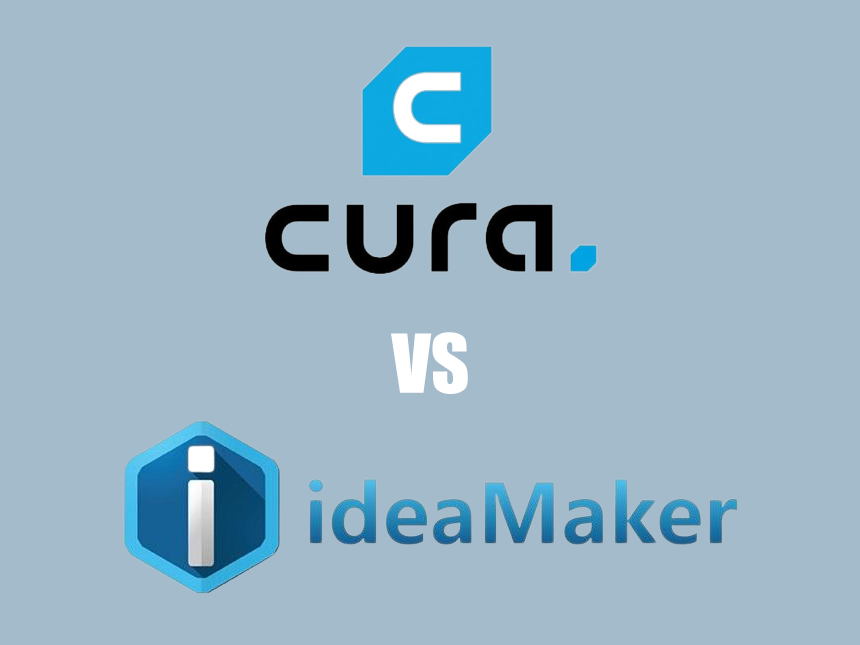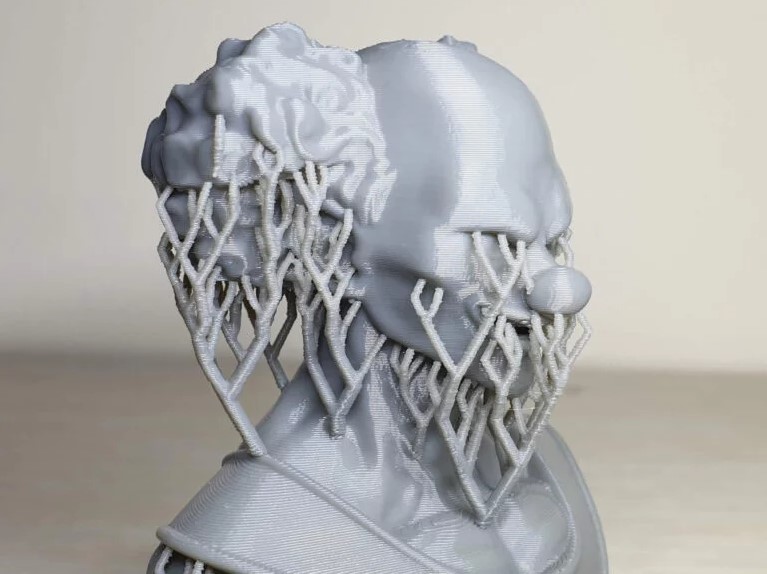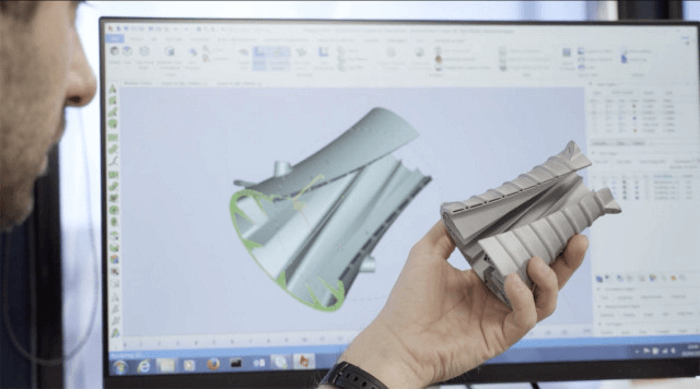

The beginning is difficult to do. It’s always difficult learning a new skill. Then it’s a lifesaver when what you’re learning can help by making it a bit easier to understand everything. That’s where free slicing software comes in. When it comes to the software for the printing, there’s an even more diverse range because some options for slicing software are free to download. Take a deeper look at the features offered and decide for yourself which is better – Slic3r vs. Cura.
Digital design and manufacturing are much easier to do with the 3D printer as it allows for a lot more versatility and design changes. When it comes to making complex designs with multiple design changes, having a good program for slicing is helpful. Read further down to learn everything you need to know to decide between these two fantastic programs and their features.
3D printing isn’t anything new. This technology has been available for over three decades on the open market. This technology made its debut incubation in the 1980s. However, it hasn’t gained much popularity until much later from its inception; it’s become increasingly accessible, and accessibility has been the catalyst for its overall mainstream popularity. 3D printing has become much more popular in the decades after its incubation.
Throughout the adoption of 3D printing, it’s been mostly within North America and Europe Trusted Source Additive Manufacturing Around the World: What is the State of 3D Printing Adoption in North America and Europe? - AMFG The North American region continues to dominate the AM market. According to the Wohlers Report 2019, North America has the largest share (35 per cent) of installed industrial AM systems. amfg.ai , with Asia fast becoming a strong 3D printing competitor. Most industries that utilize printing have increased with heightened efficiency. In 2019, the revenues from 3D printing footwear made up approximately 0.3 percent of the international footwear market revenues.
Its recognition has been rising in the past five years, with more growth being seen annually. Now it’s much more popularized from its start of development with small printers as well as desktop 3D printers, and there are options for small project printers that are reasonably affordable. It’s becoming quite common to see these printers in the average North American home.
3D printing is an effortless process. It all starts with a 3D Cad model, then a .STL file within a splicing software. From there, you’re able to take the software to layer the slices and utilize the tool. All that’s left is the additive material 3D proves. There you have your very own 3D object to use as you see fit. It’s a versatile and innovative method for creating what we need as a society.
Although it was widely used for concept proofing and prototyping in 2019, that doesn’t mean that that that’s the only thing that it can be used for. Then 72% of all prototyping needs within the aerospace and defense industry alone are met by 3D printing technology.
Between 2018 and 2019, manufacturers using 3D printing technology for industrial-scale production have doubled in only a year. But that’s not the only way that this can be used.
Each of these programs has a considerable number of features, with more being added all the time. Open-source software is an amazing way to utilize an entire community of specialists, hobbyists, amateur coders, and overall dreamers. Whether you’re creating 3-D printed models for a hobby, for a business, or for any reason at all – open source keeps your options open. There are countless Slic3r programs available on the internet for a range of types of 3D printing. This article looks at Slic3r and Cura. Below are the advantages and disadvantages of each of these software programs.
| Slic3r | Cura | |
| Level | Advanced | Beginner to professional |
| Price Tag | Free to Download | Free to download
$300 for the elite version |
| Average print Speed | 55 mm/s | 65 mm/s |
| Computer system capabilities | Windows, Mac, Linux | Windows, Mac, Linux |
| Dark theme | yes | yes |
| Connectivity | Yes
Duet2, octoprint |
Yes
Duet2, octoprint |
| Open-source code | Yes | Yes |
| Preview animations | Yes | Yes |
| Multiple extruders | Yes | Yes |
Whether you’re creating jewelry and armory elements for a comic convention cosplay, or you’re adding built addons for professional nerf guns, these provide amazing features without a large price tag.
When it comes to choosing a program, you need to know what you need from slicing software. It’s important to make sure that your vision comes out the way you imagine it. Having the right equipment is just as important as having the right software. There are many varied factors to take into consideration. Creating with 3D printing is a revolutionary medium. When it comes to manufacturing models, 3D printing makes life so much easier.
When pressed to choose one over the other for beginner-friendly, it certainly goes to Cura Software. Together with beginner-friendly software like Cura is a great option for those that are just starting in the 3D printing hobby community.
Users rave about the FlashForge 3D printer because of its user-friendly nature. With a removable novel with quick and high precision features, this is a fantastic example of FlashForge quality. This 3D printer includes auto-leveling, filament function, 12 months warranty, lifetime technical assistance, and 24 hours of professional customer service.
Having the ability to use printers outside of the software’s manufacturers means that you can adjust your set up any which way that you need your desktop set up. Each slicing software is being marketed to manufactories throughout the world even if they’re in direct competition with the Slic3r’s creator. Furthermore, Cura supports most 3D printers with online support to go with the program.
Should beginners start with free software? The answer to that is yes. Using free slicing software is great for all kinds of 3D print artists and creators. A free program means that there is room in the budget for other, more impactful upgrades. Consider spending the hundreds or thousands of dollars you’d spend on software on something else instead. This can be used as an alternative for a computer upgrade or filament.
With most software in the 3D printing community, there’s a range to the quality, and that also means the price. Within the community, the prices range from free to several thousand dollars. Cura, Slic3r, Prusa, and Slic3r are all splendid examples of free software for 3D printing.
This is a huge bonus to 3D printer users that don’t want to spend half of a grand solely for the software. Price is a major factor, especially when it comes to beginners. Spending hundreds of dollars right when you’re starting is quite overwhelming. Using free options such as this allows for greater versatility and diversity in the designs. Slic3r and Cura are both free to download from the creators.
Both – 3D printing has become a revolutionary form of creation for all sorts of industries, but it’s also become a medium for creating green products. This is reasonably greener than the traditional manufacturing process. Not only does it reduce the overall material waste, but it also is more efficient in terms of energy usage and raw material. 3D printing itself uses minimal chemicals.
One of the benefits of 3D printers, in general, is that they are much more complex compared to traditional manufacturing techniques like molding, casting, stamping, injection, or machining. Using a 3D printer means that you can create much more complex shapes. Bring your artwork to life with amazing software and a well-received 3D printer. It’s important to get what you need from a printer. Take this Anycubic printer, for example. The ANYCUBIC 4Max Pro 2.0 is known for its ability to build large and high-quality models.
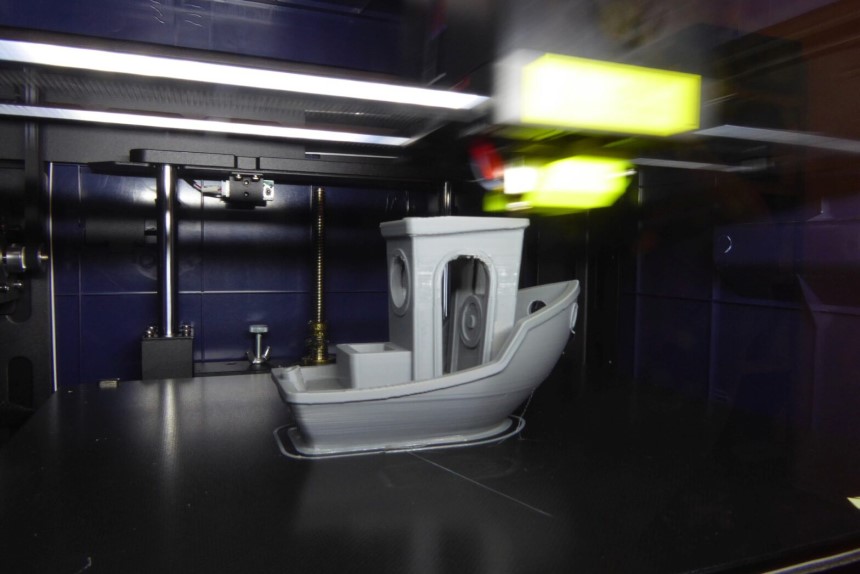
The nice part about printing with 3D printers is that the complexity aspect is free. It doesn’t cost more to design a more complex printed model. Unlike Casting and injection molding, 3D printing doesn’t require a new mold for each unique design. You’re able to save your design by simple access the file. The costs associated are instead what’s required to run the printer and the filament to feed through it.
Both are efficient systems that can be made even more efficient with settings. Adding these efficient programs to a printer that’s also quick and efficient is a fantastic way to make sure that your time is maximized. Brands like AnyCubic, KY woo, and FlashForge are known for high-quality and efficient printers.
Both of these are free to use and are a part of many open-source programs Trusted Source 3 Top Examples of Disruptive Technology | HBS Online “‘Disruption’ describes a process whereby a smaller company with fewer resources is able to successfully challenge established incumbent businesses,” writes Christensen in the Harvard Business Review. According to Christensen, in the online course Disruptive Strategy, this happens as companies focus on improving their products and services for their most demanding, profitable customers, leading them to neglect segments at the low end of the market. online.hbs.edu revolutionizing the tech world. It’s also open-source, which means that the source code is available and thus open to edits. Users can take their source code and adapt it as they need and see fit. When it comes to Slic3r’s in general, using an open-source code means that there are countless improvements and additions from external developers. Using these in official releases increases the speed of development exponentially!
Thanks to the work of Dr. Adrian Bowyer Trusted Source About - Adrian Bowyer Main areas of research are tribology, geometric modelling and geometric computing in general (I am one of the creators of the Bowyer-Watson algorithm for Voronoi diagrams), the application of computers to manufacturing, the creation of smart hydrophilic-polymer gels using affinity interactions, and the engineering use of biology, called Biomimetics. In Biomimetics I work on self-copying and self-assembly in engineering. adrianbowyer.com 2005, the father of desktop 3-D printing. Many of his developments are being used in both software and firmware to this current day. Desktop 3D printers, hobbyist printers, and mini 3D printers have gained enormously from his work and the work of later specialists.
the layout of the interface is one of the most important aspects of a software program because of the overall user system. If it’s not functional or easy to use, it can be difficult to work with it at all. Cura comes with a user interface that’s designed with the user in mind. This means that the design is intuitive and well organized. The panels on the top are clearly labeled for “prepare,” “preview,” or “monitor,” with drop-down menus nicely organized. Cura has settings specifically for beginner-friendly settings. It’s known for its easy-to-use and organized layout. In terms of interface, Slic3r is organized neatly with subheadings and further subheadings. Both programs are straightforward, but Cura has the edge when it comes to a neat and clean design.
It’s a breeze to use. Cura is a wonderful program for both beginners and advanced users alike.
Finding the right printer and the right software is difficult. And then you add in trying to find ones that are compatible with one another. These two programs can be used on 3D printers not originally made by their manufacturers. Both allow for third-party support, which means that there’s much more opportunity for a diverse 3D printing setup.
With such forms of software on the internet, each one has a slightly different requirement that needs certain system elements. Rendering, creating, and viewing 3D models can use up a large amount of processing power as well as high graphics capabilities. Knowing what programs you can use with your system makes it much easier to find the software that’s right for you and your 3-D printing setup.
Below are the best options for a computer using the Cura and the Slic3r software. The system elements recommended for both are freely shared with the world. The minimum requirements are the ones that will allow it to work at its most basic but having the recommended system requirements will let it run at its best.
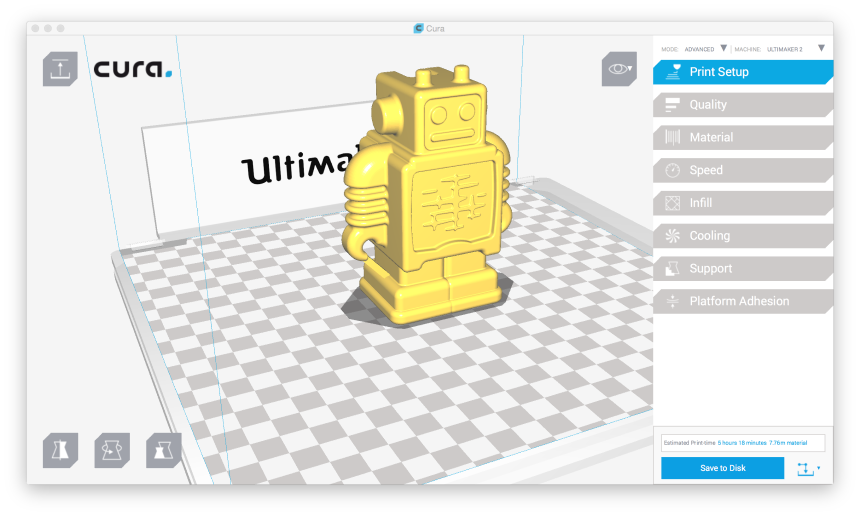
Due to the option to turn off information and functions, this program is helpful for those that are learning the program from scratch. Being open-source coding means that it’s also great for those that want more from the program.
This program is fantastic for a variety of projects regardless of the type or the difficulty level. No matter what you set your mind to, Cura is an excellent choice. There are so many different things that can be done with Cura software, along with your 3D printing setup.
Consider spicing up your home with household items that mean something to you. Create spot-saving bookmarks shaped and designed after your favorite book or even a classic novel like “To Kill a Mockingbird” by Harper Lee. Upgrade your kitchen with matching mixing spoons, cookie cutters, bowls, plates, silverware, and so much more. With 3D printing, you can match the aesthetic of any room with any creation. Add some pops of color to a daisy-themed room.
Cura doesn’t quite have a dedicated support team that focuses just on support. Officially they don’t. They don’t do much to help users with issues while using this Cura Slic3r. At least not on the surface. What they do provide is much better. Cura has an extensive forum platform for all kinds of users to discuss issues and solutions. Cura Moderators on the platform itself do monitor issues raised by the community. They then bring them up to the development team to fix newer updates. This community support system provides continual improvements and continual growth for the entire software community.
Pros |
Cons |
|
|
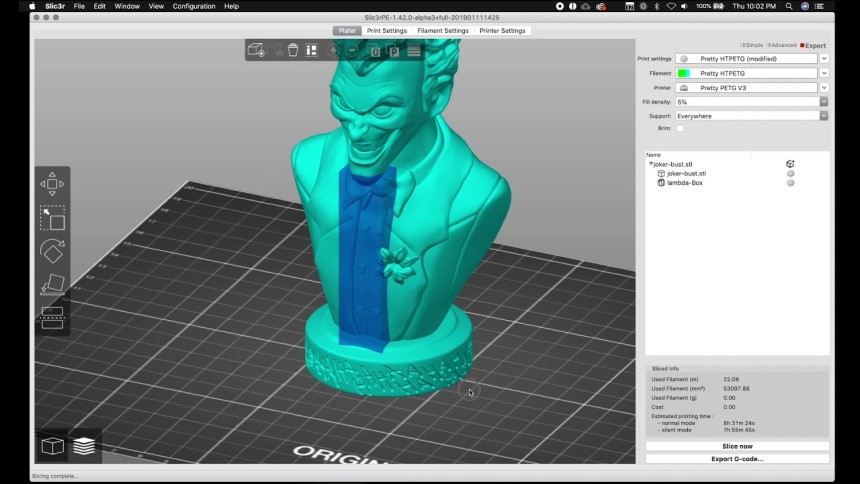
The software is overall very impressive. Not only is it open-source programming, but it also has frequent updates and wide compatibilities. Software is one of the leading Slic3r software available today with a zero-dollar price tag.
Coming from the 3D printing company Ultimaker, this program is highly impressive. Over the years, both Cura’s development team and its users have worked together to make this program exponentially better.
This is another free software that’s so immensely helpful in making 3D printing accessible to the masses. Slic3r is a wonderful program that provides the possibility to fill your prints with three-dimensional honeycombs. This makes the objects much more robust and gives them additional stability. This also saves on materials and power as opposed to filling them.
This is a wonderful element for making large structures or models that leave a lot of space or lack thereof on the inside. Take your fandom into your own hands with the amazing busts of your favorite characters. Whether you’re a Trekkie wanting a Yoda bust, a Lord of the Rings fan needing a pair of hobbit bookends, or even a brown coat making a bust of Nathan Fillion. Use this as a simple decoration. They’re also useful as stash jars, piggy banks, bookends, or even just paperweights.
Pros |
Cons |
|
|
Each of these is slightly different depending on what you want to do as a 3D print creator. Both programs will work with most 3D printers. However, Cura is more likely to be accepted with both 2 in one and 3 in one printer.
The user interface Is what faces the user. It’s how they physically interact with the software itself. A user interface is one of the essential elements of any kind of software. This is where the user interacts with the program itself. No matter how comprehensive or intelligent a software program is, a poor user interface makes for a poor user experience. If it’s not user-friendly, it typically won’t be utilized. A negative user interface breaks the user’s experience.
Just like there are multiuse printers for paper and other graphics, 3D printers can have multiple functions. Most 3D printers do the same function but do it slightly differently than the next one.
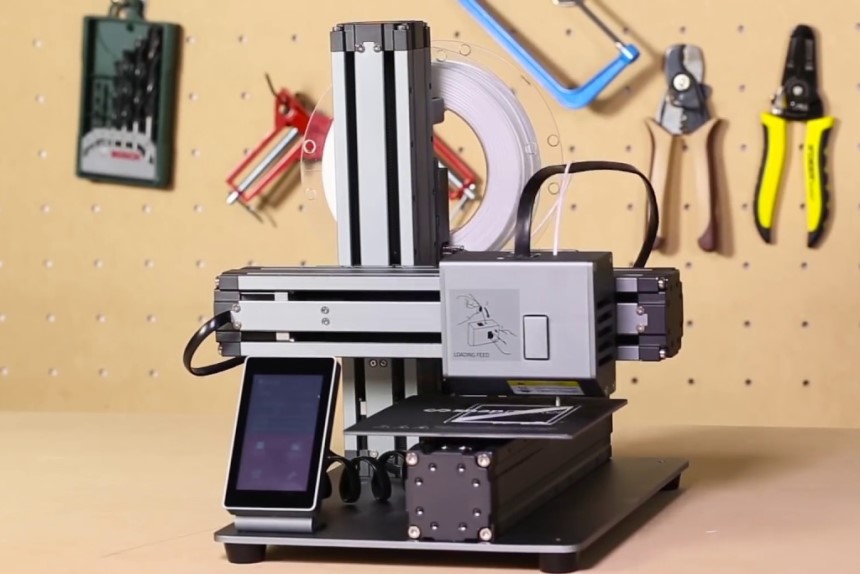
Open-source software is a simple software that’s open source. This means that the source code or the basic data is available to anyone that wants to use it. You’ve also got access to change, alter or adjust the source code. We did mention that this is free software that’s also open source. There are many options for open-source data even outside of the 3D printing community. Examples include Apache HTTP Server, the e-commerce platform osCommerce, internet browsers Mozilla Firefox, chromium, Java, python, and android.
What can you do with 3D printing? A shorter list would be what you can’t do with 3D printing. There’s a nearly endless list of what you can create when you put your mind to it. When it comes to deciding on the type of software to use with your computer and printer, it can be overwhelming with the number of options available to you.
Slic3r is one of the best programs available if you’re looking for an advanced user. Cura is an amazing open-source program that’s perfect if you’re a beginner or want a user-friendly program. Overall, both of these slicing software are fantastic to use for large-scale and small-scale projects. With all the information in this article and the links, there’s a lot to think about when it comes to Slic3r vs Cura.
